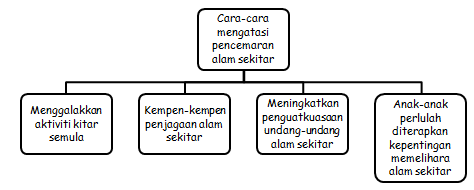Combating River Pollution: A Guide to Restoring Our Waterways
Imagine a river flowing through your town, once a source of life and beauty, now choked with pollution. It's a heartbreaking sight, but one that's becoming increasingly common around the world. River pollution, a complex problem with far-reaching consequences, demands our attention and action. The good news is that we can make a difference. By understanding the causes and implementing effective solutions, we can restore our rivers to health and protect these vital ecosystems for generations to come.
River pollution is not a new problem. Throughout history, humans have used rivers for transportation, irrigation, and waste disposal, often with unintended consequences. As populations grew and industries developed, the pressure on our waterways intensified. Today, the main culprits behind river pollution include industrial waste, untreated sewage, agricultural runoff, and plastic pollution. These pollutants contaminate our water sources, harm aquatic life, and jeopardize human health.
Addressing this multifaceted challenge requires a comprehensive approach that involves individual actions, community initiatives, and government policies. From reducing our plastic consumption to advocating for stricter environmental regulations, every effort counts. Let's explore some key steps we can take to combat river pollution and protect our precious freshwater resources.
One of the most effective ways to reduce river pollution is to minimize our environmental footprint. Simple changes in our daily habits can make a significant impact. For instance, opting for reusable bags, water bottles, and food containers can drastically reduce the amount of plastic waste that ends up in our landfills and waterways. Choosing eco-friendly cleaning products and personal care items minimizes the release of harmful chemicals into our water systems.
Supporting sustainable agriculture is another crucial step in protecting our rivers. Agricultural runoff, laden with fertilizers, pesticides, and animal waste, is a major source of pollution. By supporting farmers who adopt sustainable practices, such as organic farming and crop rotation, we can reduce the flow of harmful chemicals into our waterways. Consumers can play a role by choosing organic produce and supporting local farmers' markets.
Advantages and Disadvantages of Taking Action
| Advantages | Disadvantages |
|---|---|
| Improved water quality | Requires collective effort and time |
| Healthier ecosystems | May involve policy changes and enforcement |
| Enhanced recreational opportunities | Addressing existing pollution can be costly |
While tackling river pollution presents challenges, the advantages far outweigh the drawbacks. By working together, we can create a future where clean rivers are not a luxury, but a reality for all.
The fight against river pollution is a marathon, not a sprint. It requires ongoing commitment, collaboration, and innovation. By embracing sustainable practices, supporting stricter regulations, and raising awareness within our communities, we can create a brighter future for our rivers and for generations to come. Let's work together to turn the tide against river pollution and ensure that these vital waterways remain a source of life, beauty, and inspiration for years to come.
Unlock your dream boat the ultimate guide to used boat loan deals
Decoding the allure of benjamin moore amber slate
Deconstructing week 14 nfl startsit decisions a strategic deep dive












